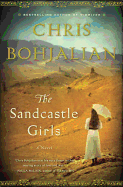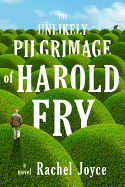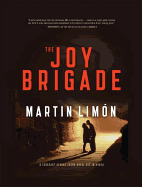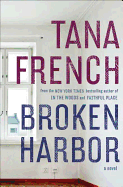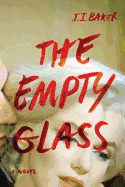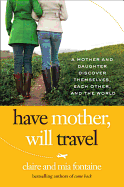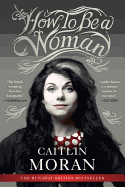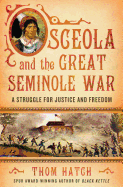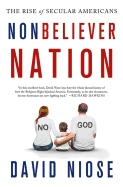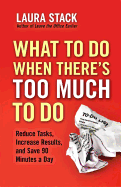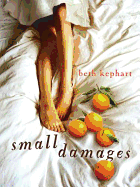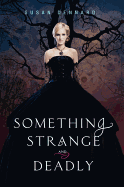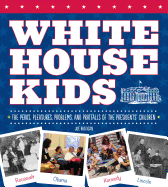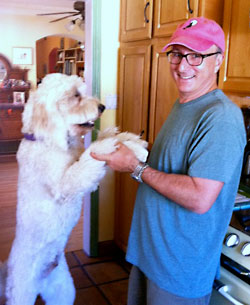 How did you come up with the idea for Arlo Needs Glasses?
How did you come up with the idea for Arlo Needs Glasses?
I have a 75-pound golden labradoodle named Arlo. My wife says she's never seen me so in love with a dog as I am with Arlo. My daughter picked him out for me. I was thrilled to think I'd have someone to play catch with. But he couldn't catch. I'm used to dogs jumping and catching and leaping. I have some phenomenal stills of him with his mouth open and the ball going by. Every once in a while he'd catch one; I think it was mostly luck.
Did you always imagine this as an interactive book?
The trajectory from where I started to what I ended up with is vast. I started with a picture book called Arlo Can't Catch. I tried it from the dog's perspective, then from a boy's perspective. I finally came up with a book dummy, and I was shot down left and right. I'm like the farmer with my bag of stuff, and Raquel Jaramillo, who edited Beautiful Oops!, asked me what I was working on, and I pulled the book out. She said, "We have to do this book." She spent six months trying to convince me. She took my original storyboard from my picture book concept and augmented it, to show me how it could work. I resisted the title, I told her, "You gave away the punch line." She said, "So many kids wear glasses. They will know what this book is about from the moment they see the cover." She's smart. Luckily, I listened to her.
Do you have to alter your process for an interactive book?
Raquel and I both looked at it together, with an eye toward simplifying the story. There was originally a longer lead-in to the book, things that the kid did with his dog. The dog never could catch. Raquel suggested starting the story with how he could catch, and then he couldn't. Because you have a pagination constraint--interactive books get expensive--you have to condense the timeline. You want to get into the solving of the problem quickly.
What about the tactile part of it, designing the pages with moving parts?
It's amazing to make it once, and then to mass produce it. It does make the page come alive. I think a picture book version would still have had a nice story, but there's something about participating in it. You learn differently when you try it. Saturday, kids were trying on the glasses [in the book]. It takes the fear out of the experience. As adults, we take that for granted.
Are you aware that some kids try to fake vision problems so they can wear glasses?
I know that there's a movement: I've seen Justin Bieber wear glasses without lenses in them. When I was in China last year, I was being interviewed by a 20-year-old woman studying to be a teacher, and I realized she was wearing glasses with no lenses in them. I don't think [wearing glasses] has the stigma it used to have.
Did you learn anything with Beautiful Oops! that you could apply in Arlo?
What I did with Oops is say, "Just play." It was a departure for me stylistically because my other books had more of a traditional pen-and-ink watercolor look. It's given me a freedom that I've never had in illustrating before. This is how my books should be rather than how I thought they should be.
 Is that your own dog, Arlo, wearing glasses, in the book trailer? How did you film that?
Is that your own dog, Arlo, wearing glasses, in the book trailer? How did you film that?
I painted foamcore glasses and used bobby pins to keep them on Arlo. Here I am, a bald guy going into a beauty supply place for bobby pins. I told her they're for my bangs.
I also went to the fabric store and bought fake shearling; my cousin, a fabric maker, made the gloves [which serve as paws when Arlo holds the book]. I was on the floor with him. Then I played the ukelele and sang, using the iPad to record it. I sang in the shower, without the water running. My wife's an attorney. I thought, "If she could see me right now...."
Arlo discovers he's not seeing well while he's doing something fun, trying to catch a ball. Why?
That concept is a connection with Beautiful Oops. It's a book about problem-solving. It's one thing if it's Johnny in school who can't see the board, but you can get across a lot of information when they're having fun. I'm a big believer in subtlety. I like working with an animal, so racial and gender issues don't come up. One of the things I loved about doing this story is that the focus is, "What can I do to help him?" rather than giving up on him.
This book is about taking something that's hindering having a good time, and finding a way to solve it and move on so you can continue to do the things you love to do. It doesn't define you. I hope it's a nice message without hitting them over the head.
Did you have fun coming up with the titles of Arlo's books on that last spread? We especially liked Life Is Ruff.
I literally made them up as I went. I didn't have a list. I drew a book and wrote a title. I made wrapping paper for Jillson & Roberts, and I did use Fleas Navidad! I like Virginia Woof.
It's always a goal to come up with a big finish. I always think, what can you do to have a satisfying ending? Initially I had a single book with the dog. It felt too quick. I looked at Robert Sabuda's Alice in Wonderland. It had cards flying all over the page. We borrowed that and tailored it to the page. I built one and sent it to them. Sometimes you spend six months coming up with the solution. I didn't know if they could build this. And they did. --Jennifer M. Brown
Barney Saltzberg: Problem-Solving as a Pastime
 Sports Illustrated's Jack McCallum writes about the creation of the U.S. Olympic basketball team of 1992 and its path to gold in Dream Team (Ballantine). Subtitled How Michael, Magic, Larry, Charles and the Greatest Team of All Time Conquered the World and Changed the Game of Basketball Forever, it's a funny, respectful, expert, complete and literary examination of the team's permanent effects on basketball.
Sports Illustrated's Jack McCallum writes about the creation of the U.S. Olympic basketball team of 1992 and its path to gold in Dream Team (Ballantine). Subtitled How Michael, Magic, Larry, Charles and the Greatest Team of All Time Conquered the World and Changed the Game of Basketball Forever, it's a funny, respectful, expert, complete and literary examination of the team's permanent effects on basketball.


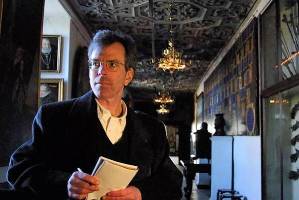 Jim Holt is an essayist and critic, but for his latest book he put on his "existential detective" hat and followed the trail of investigations into the origins of the universe.
Jim Holt is an essayist and critic, but for his latest book he put on his "existential detective" hat and followed the trail of investigations into the origins of the universe. 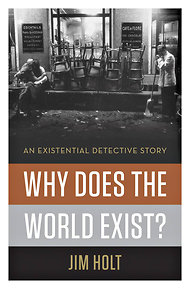 There's a quotation in the book from Allan Sandage, "the father of modern astronomy": "Science cannot answer the deepest questions. As soon as you ask why there is something instead of nothing, you have gone beyond science." Do you agree? Do you think it is necessary to draw a distinction?
There's a quotation in the book from Allan Sandage, "the father of modern astronomy": "Science cannot answer the deepest questions. As soon as you ask why there is something instead of nothing, you have gone beyond science." Do you agree? Do you think it is necessary to draw a distinction?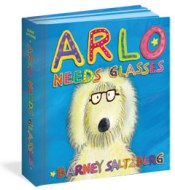

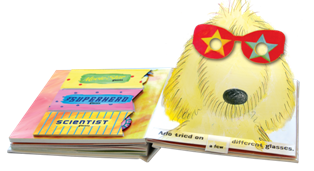
 How did you come up with the idea for Arlo Needs Glasses?
How did you come up with the idea for Arlo Needs Glasses? Is that your own dog, Arlo, wearing glasses, in the
Is that your own dog, Arlo, wearing glasses, in the 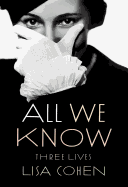 I am often asked why All We Know is about these particular three women. In fact, I first conceived of a book solely about Madge Garland, whom I had encountered while reading Virginia Woolf's Diaries. Madge was so fascinating--she worked on British Vogue when it was a forum for modernist artists and writers; she started the School of Fashion at the Royal College of Art; but despite this rich public life she was elusive. She didn't leave diaries or a voluminous correspondence, and often obscured the facts of her life. Yet even as it became clear to me that I had enough material to write a whole book about her, I realized that such a book would--ironically--not quite do her justice. She had accomplished so much, but much it was hard to pin down.
I am often asked why All We Know is about these particular three women. In fact, I first conceived of a book solely about Madge Garland, whom I had encountered while reading Virginia Woolf's Diaries. Madge was so fascinating--she worked on British Vogue when it was a forum for modernist artists and writers; she started the School of Fashion at the Royal College of Art; but despite this rich public life she was elusive. She didn't leave diaries or a voluminous correspondence, and often obscured the facts of her life. Yet even as it became clear to me that I had enough material to write a whole book about her, I realized that such a book would--ironically--not quite do her justice. She had accomplished so much, but much it was hard to pin down.